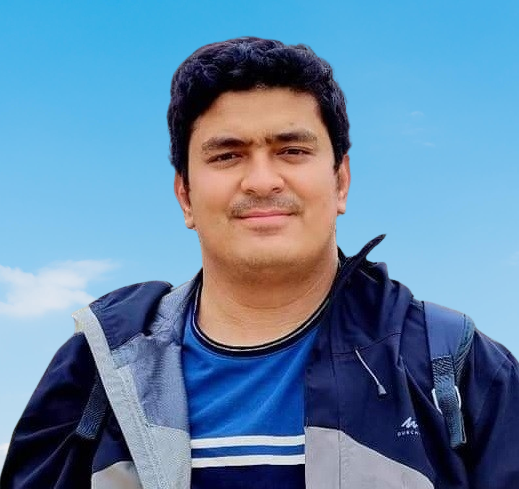Quantiative MRI is becoming increasingly relevant in the era of precision medicine. Current clinically used MRI protocols are still mostly limited to weighted images, such as T1-weighted or T2-weighted. This delivers images optimized for visual inspection by a radiologist that is looking for structural abnormalities. However, these images do not provide measurements of the actual magnetic resonance properties of the tissue; e.g. the T1 or T2 relaxation time, or the diffusion or perfusion rate. Also, there might be substantial variability in the images between scanners, or even from the same scanner at different moments in time. This lack of standardization hampers the detection of subtle diffuse, disease induced, changes in the tissues. The key objective of quantitative MRI is to complement the qualitative images with quantitative measurements of tissue properties. We have a substantial number of projects in which different properties are measured.
Research Projects: Objectives & Achievements
This research line focusses on quantitative MRI reconstruction, in close collaboration with the MR physics group as well as the image registration group. The aim of quantitative MRI is to objectively measure tissue properties such as for example the T1, T2(*) relaxation times, temperature or tissue perfusion. Traditionally, this is done by acquiring several images with specific differences in their acquisition settings such as echo time or inversion. The intensity of the acquired images is fitted to a model that is derived from the MR physics of the acquisition method.
Acceleration of acquisition
Within the European Horizon2020 B-Q MINDED project, we developed methods to accelerate quantitative MR imaging to overcome long acquisition times of usual quantitative MRI approaches. Additionally we developed deep learning approaches based on recurrent inference machines to improve and speed up the actual quantification from images. Within the newly starting ICAI lab one of the projects is to further accelerate the image acquisition by severely under-sampling the k-spaces, such that normal image reconstruction fails. By using the known MR physics as well as deep learning approaches we aim to still obtain high-quality images and tissue property maps from the short scans. The trustworthiness of these resulting images to correctly reflect the specific patient is key in this research.
Motion compensation
Subject motion is a major cause of low quality or failed MRI exams. For quantitative MRI acquisitions this situation is even worse, as typically they are longer than the acquisition of individual traditional weighted images. Additionally, in the analysis, images are combined, increasing the sensitivity to motion. Hence a major focus of my research line is to compensate for subject motion. By exploiting the known relations among the images as well as by adjusting the acquisition to acquire some reference data to allow identification and subsequent compensation of unavoidable subject motion.
Acceleration of reconstruction
The advanced methods that we develop for high quality reconstruction from highly accelerated scans may have long computation times. Even though computers get faster every year, innovative methods to improve computation time are needed. With novel work on deep learning based image reconstruction we are accelerating the reconstruction process to achieve clinically acceptable reconstruction times for the advanced methods.
Expectations & Directions
In the upcoming years, we aim to further develop the quantitative MR image acquisition and reconstruction methods. In parallel the novel developments will be applied in clinical research projects for further evaluation and in collaboration with industry we aim to bring the developments to actual clinical use.



